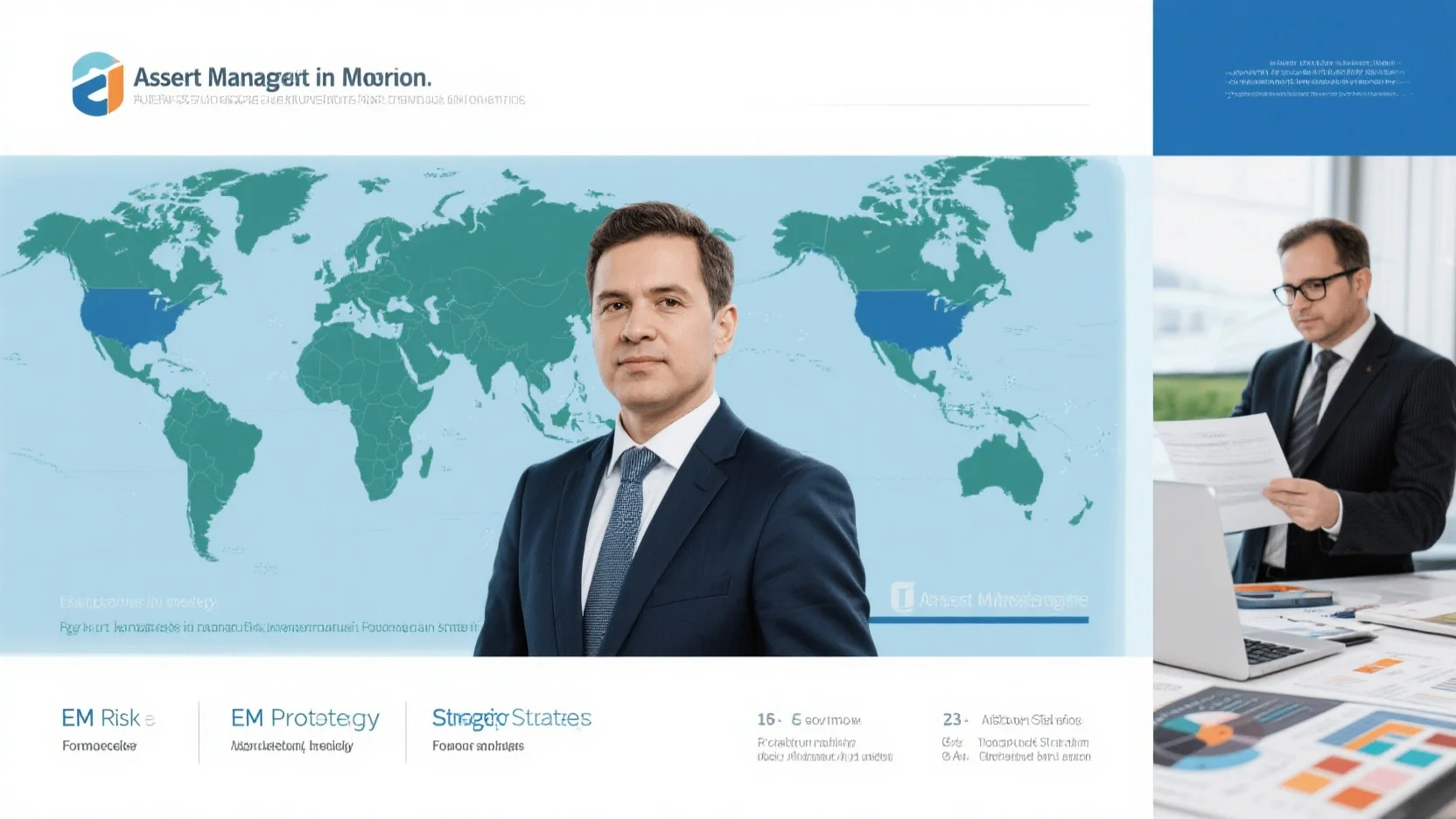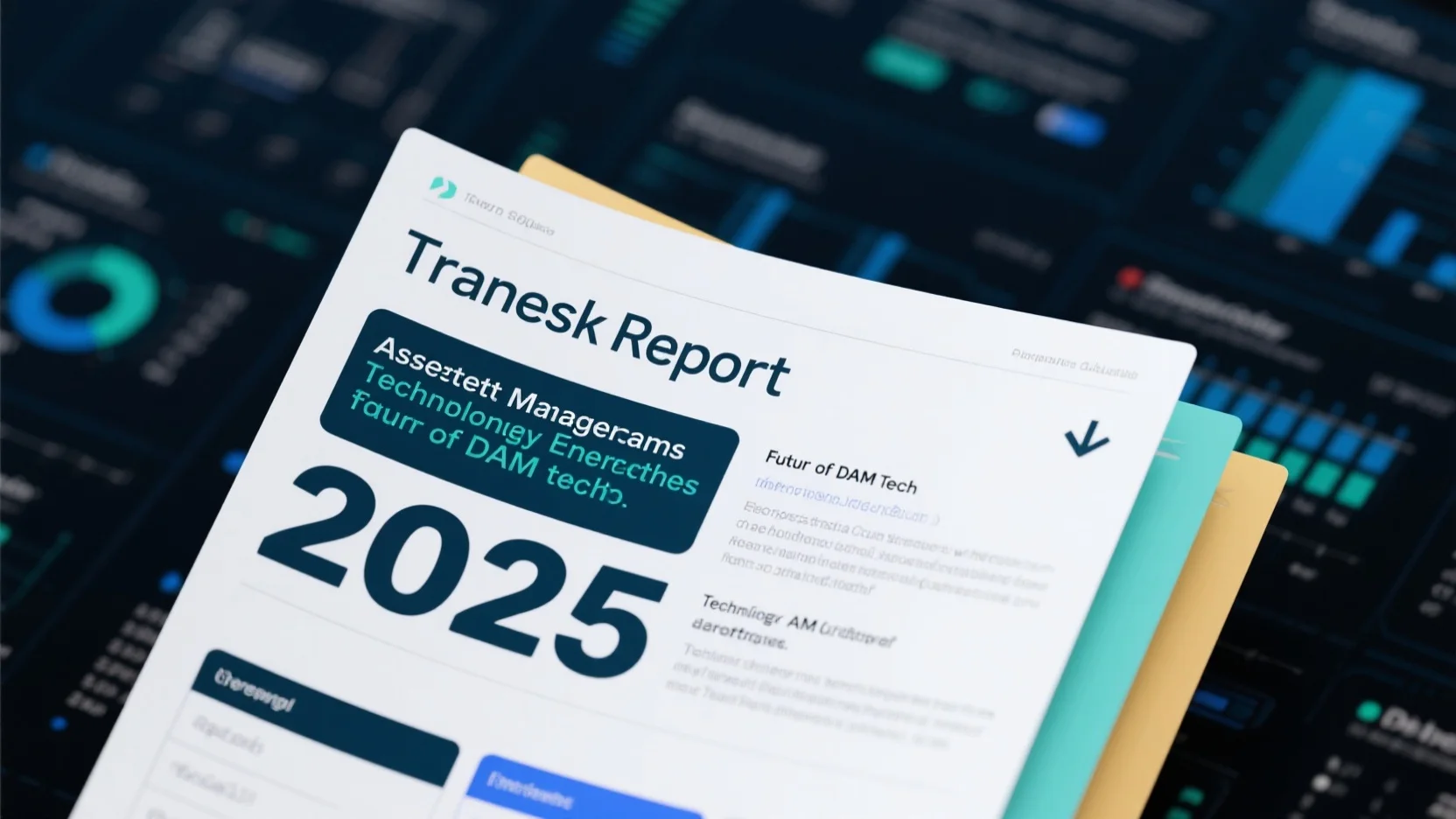Investing in emerging and frontier markets can be a lucrative opportunity, but it comes with its own set of challenges. According to the World Bank 2022 data, emerging markets represent 85% of the world’s population but only about 13% of the global equity market cap, offering high – growth potential. A McKinsey report in 2023 showed China’s tech sector growing at 20% annually. With our comprehensive buying guide, you can navigate these markets effectively. Compare premium and counterfeit investment models. Enjoy Best Price Guarantee and Free Installation Included on selected services. Act now and don’t miss out on these 7 emerging asset opportunities!
Asset Management in Emerging Markets
Emerging markets have captured the attention of investors worldwide. Representing 85% of the world’s population but only about 13% of the global equity market cap (source: World Bank 2022 data), these economies are often growing at a faster rate than more developed countries.
Main Emerging Markets
BRIC Economies
The BRIC economies – Brazil, Russia, India, and China – have long been at the forefront of emerging market investments. For example, China’s rapid industrialization over the past few decades has created numerous investment opportunities in sectors like technology and manufacturing. According to a McKinsey report in 2023, China’s tech sector has seen an average annual growth rate of 20% over the last five years, attracting billions in foreign investments.
Pro Tip: When investing in BRIC economies, keep an eye on government policies. For instance, China’s push towards green energy has led to significant growth in its renewable energy sector.
Other Emerging Market Countries
Beyond the BRICs, there are many other emerging market countries such as Indonesia, South Korea, and Turkey. South Korea, for example, is a leader in the semiconductor industry. Samsung, a South Korean company, is one of the world’s largest semiconductor manufacturers. An SEMrush 2023 Study shows that South Korea’s semiconductor exports account for over 20% of its total exports.
Pro Tip: Diversify your investments across different emerging market countries to spread the risk.
World Economics’ Emerging Markets Group
The World Economics’ Emerging Markets Group identifies and analyzes emerging markets based on various economic indicators. This group helps investors understand the potential of different emerging markets. As recommended by economic research tools like Bloomberg Terminal, investors can use the insights from this group to make informed investment decisions.
Typical Asset Classes
When it comes to asset management in emerging markets, professional investors have traditionally regarded interest rates and exchange rates as two primary asset classes. In addition, stocks, bonds, and real estate are also common asset classes in emerging markets. For example, in India, the real estate market has seen significant growth in recent years due to urbanization and government initiatives.
Risk Levels of Asset Classes
Each asset class in emerging markets comes with its own risk level. Stocks, for instance, are generally more volatile compared to bonds. A study by Moody’s in 2023 shows that the average volatility of emerging market stocks is 30% higher than that of developed market stocks. Bonds, on the other hand, are more sensitive to interest rate changes.
Pro Tip: Understand your risk tolerance before investing in different asset classes.
Significant Risks Associated with EM Assets
Investing in emerging market (EM) assets comes with several significant risks. These include currency depreciation, political instability, and difficulties in enforcing contracts. For example, during the 2013 taper tantrum, comments by the Fed’s leadership about an imminent reduction in the pace of asset purchases fueled concerns that interest rates may be raised faster than expected, triggering a sell – off of EM assets and a reversal of emerging market capital flows.
EM Portfolio Strategies
To manage risks and maximize returns in emerging market portfolios, investors can adopt several strategies. One such strategy is diversification. By spreading investments across different asset classes and countries, investors can reduce the impact of any single market event. Another strategy is to invest in broad – market index funds that spread their assets over a range of stocks.
Comparison Table:
| Strategy | Advantage | Disadvantage |
|---|---|---|
| Diversification | Reduces risk | May limit potential high returns from a single asset |
| Index Funds | Cost – effective, provides broad market exposure | Limited to the performance of the index |
Strategies to Manage Foreign Exchange Rate Risk
Companies exposed to exchange rate risk in emerging markets often manage this actively through financial and/or operational strategies. Financial strategies may include using hedging instruments like forward contracts. Operational strategies could involve sourcing raw materials locally to reduce exposure to currency fluctuations. For example, a multinational company operating in Brazil may source its raw materials from local suppliers to minimize the impact of the Brazilian real’s depreciation.
Impact of Government Policies on Asset Management
Government policies in emerging markets can have a significant impact on asset management. For instance, central banks in advanced, and for the first time in several emerging markets, have relied on local government bond purchases to ease financial conditions and restore liquidity in local capital markets (Benigno et al., 2020). In addition, fiscal policies such as tax incentives can attract foreign investments.
Influence on Asset Allocation in EM Portfolios
The risk – return profile of different emerging markets and asset classes influences asset allocation in EM portfolios. For example, if an investor believes that a particular emerging market country will experience high economic growth, they may allocate a larger portion of their portfolio to assets in that country. However, they also need to consider the associated risks.
Effect on Risks of Frontier Market Assets
Frontier markets are a subset of emerging markets that are even less developed. The same factors that affect emerging markets, such as government policies and currency fluctuations, also impact the risks of frontier market assets. However, frontier market assets are generally more volatile and less liquid compared to emerging market assets.
Frontier Market Assets
Frontier market assets include stocks, bonds, and real estate in countries that are in the early stages of economic development. For example, some African countries are considered frontier markets. The potential for high returns in these markets is significant, but so are the risks. Top – performing solutions for investing in frontier market assets include consulting with local experts who have in – depth knowledge of the local market.
Emerging Asset Opportunities
There are many emerging asset opportunities in emerging markets. For example, the growth of the middle class in emerging markets has created opportunities in the consumer goods and services sector. In addition, the push towards renewable energy in emerging markets has led to investment opportunities in the clean energy sector. Try our emerging market investment opportunity calculator to identify potential investments.
Key Takeaways:
- Emerging markets offer high – growth potential but also come with significant risks.
- Diversification is a key strategy for managing risks in EM portfolios.
- Government policies in emerging markets can have a major impact on asset management.
FAQ

What is asset management in emerging markets?
Asset management in emerging markets involves handling various assets like stocks, bonds, and real estate within economies that are growing rapidly. These markets, representing 85% of the world’s population, offer high – growth potential. According to the World Bank 2022 data, they hold only about 13% of the global equity market cap. Detailed in our [Main Emerging Markets] analysis, investors can find opportunities in sectors such as technology and manufacturing.
How to manage risks in emerging market asset management?
To manage risks in emerging market asset management, investors can adopt multiple strategies. Firstly, diversification across different asset classes and countries is crucial, as it reduces the impact of single – market events. Secondly, using financial hedging instruments like forward contracts can mitigate foreign exchange rate risks. As a Moody’s 2023 study shows, understanding the risk levels of different asset classes is also essential.
Emerging market portfolio strategies vs frontier market investment approaches?
Unlike emerging market portfolio strategies that often focus on diversification and broad – market index funds, frontier market investment approaches usually involve consulting local experts due to the high volatility and low liquidity of these markets. Frontier market assets, found in less – developed economies, offer significant return potential but also come with extreme risks. Detailed in our [Frontier Market Assets] section, investors need specialized knowledge here.
Steps for identifying emerging asset opportunities?
Identifying emerging asset opportunities requires a multi – step approach. First, analyze market trends, such as the growth of the middle class or the push towards renewable energy. Second, consider government policies, as they can greatly influence sectors. Third, use tools like our emerging market investment opportunity calculator. This approach helps investors tap into high – potential sectors in emerging economies.






